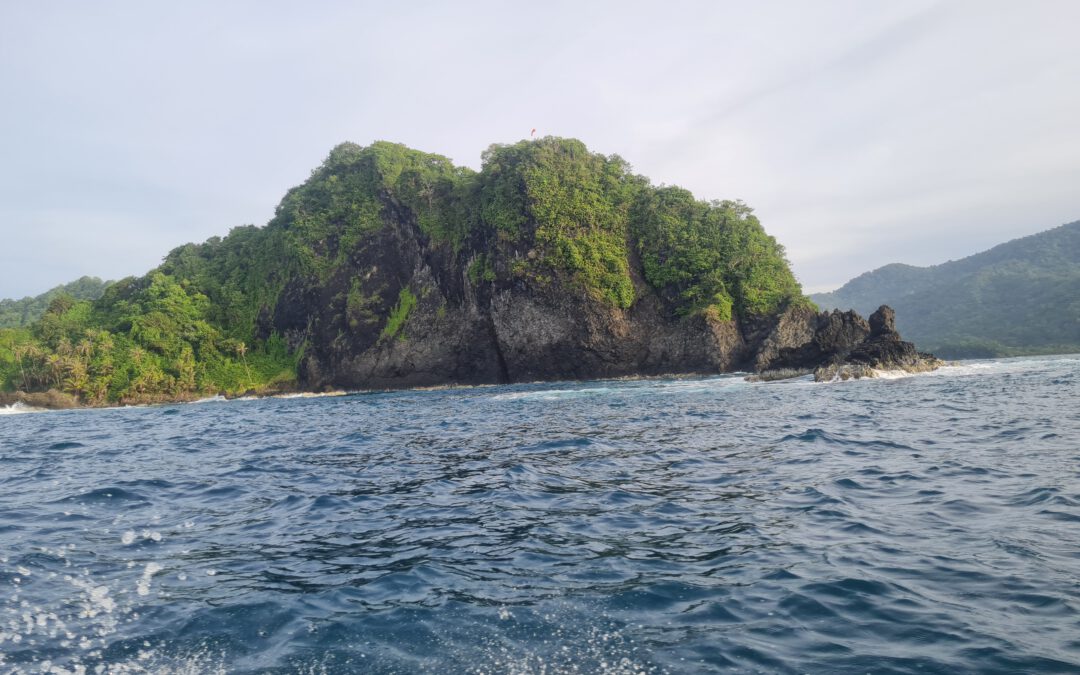In this blog post I want to write about the Darién Gap and how I bridged it with several boats along the coast of Panama to avoid flying.
Because between Colombia and Panamá a huge impenetrable border area full of mountainous jungle, so there is no road connecting the two countries – the only interruption of the Panamericana, the road that crosses the whole of America from Alaska to Tierra del Fuego.
But more important than describing my personal experiences on this route and hopefully encouraging people to avoid flying on this or other routes, I want to write about the border area and the dangers it poses for people trying to escape. Many people do not have the passport or the financial means like me to cross the border in speedboats.
If you’re searching for an instruction in detail, how to get from Panama to Colombia or the other way around, check this out.
The Darién Gap and the dangers of the jungle for refugees
And the jungle is not entirely penetrable after all, and those who see no other option still cross it: fugitives, people who are denied legal routes to Panama, in recent years mainly from Venezuela, followed by Haiti, Ecuador and Colombia, but there are also larger numbers of people from Asia, e.g. India, Bangladesh & Afghanistan, or Africa, e.g. Senegal, Cameroon or Somalia. Especially with Haiti, I had a question mark during the research, the country is much closer to the USA than the Darién Gap. But many people from Haiti had fled to South America after the severe earthquake in 2010, but are facing more and more problems here and are therefore looking for the way to the USA. In 2021, around 60% of Haitians crossed the Darién Gap.
Tens of thousands of the refugees try to cross the Darién Gap overland in order to travel on from Panama towards the USA (at least most of them). Apart from the fact that they still have a long journey through Central America ahead of them and that many are picked up and mistreated at the border to the USA, the Darién Gap is probably the most dangerous part of this journey. For on the more than 100km long odyssey through the jungle there are not only many dangerous animals such as snakes, lack of food/drinking water and diseases such as yellow fever, but also various criminal gangs such as paramilitaries (e.g. Gulf Clan), guerrillas (e.g. FARC) and drug gangs, who make money by smuggling people and unscrupulously deal with the fugitives, steal from them, rape them, etc. The Darién Gap is a very dangerous place.
Although there are certainly other routes, the main route is via the Colombian town of Necoclí, where I also arrived by boat. There, the fugitives often have to wait for weeks to be taken by boat to Acandí, where they begin the trek through the jungle that leads them to Bajo Chiquito, where they are cared for by aid organisations like MSF or UNICEF if they make it there.
One mother reported that she paid 4000 US dollars to be guided through the jungle with her children and mother-in-law, but that the guide left her alone after two days and turned around with the money.
According to the government of Panama, about 248,000 people crossed the Darién Gap in 2022, including more than 40,000 children. Ten years ago, the number was just a few hundred. And in 2023, the previous year’s figure was already surpassed by the end of July, according to the deputy director of the Panamanian Migration Authority. According to her, about 20% were minors.
According to the International Organisation for Migration (IOM), at least 36 people died in 2022 trying to cross the Darién Gap, but the dark figure will be far higher, as most people lost in the jungle do not reappear. With the reported missing, the number rises to 137. And even the IOM itself states that these are only the registered ones and that the dark figure is likely to be many times higher.
There are many articles and also videos on the subject that I have read and I would like to recommend the following to you if you want to read further:
https://www.cfr.org/article/crossing-darien-gap-migrants-risk-death-journey-us
By boat from Panama to Colombia!
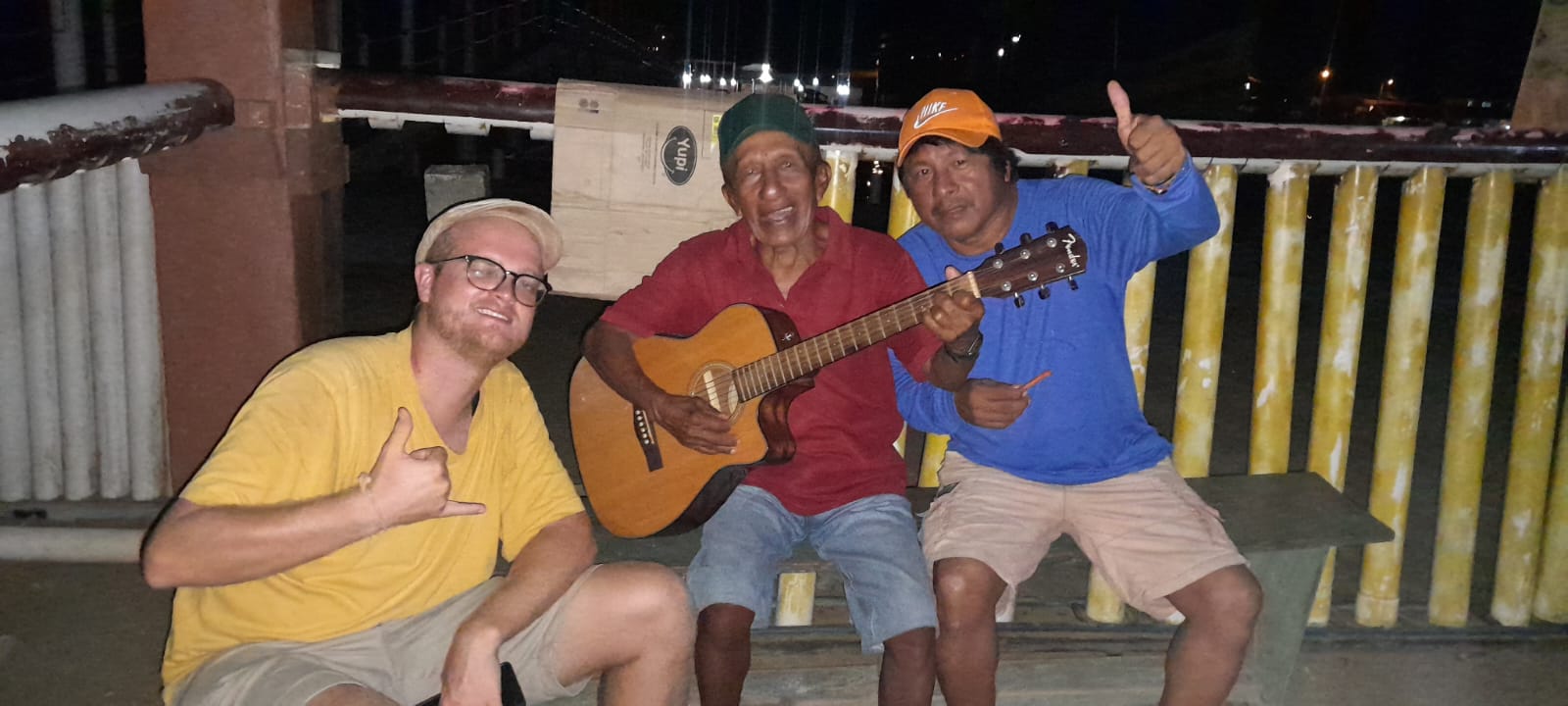
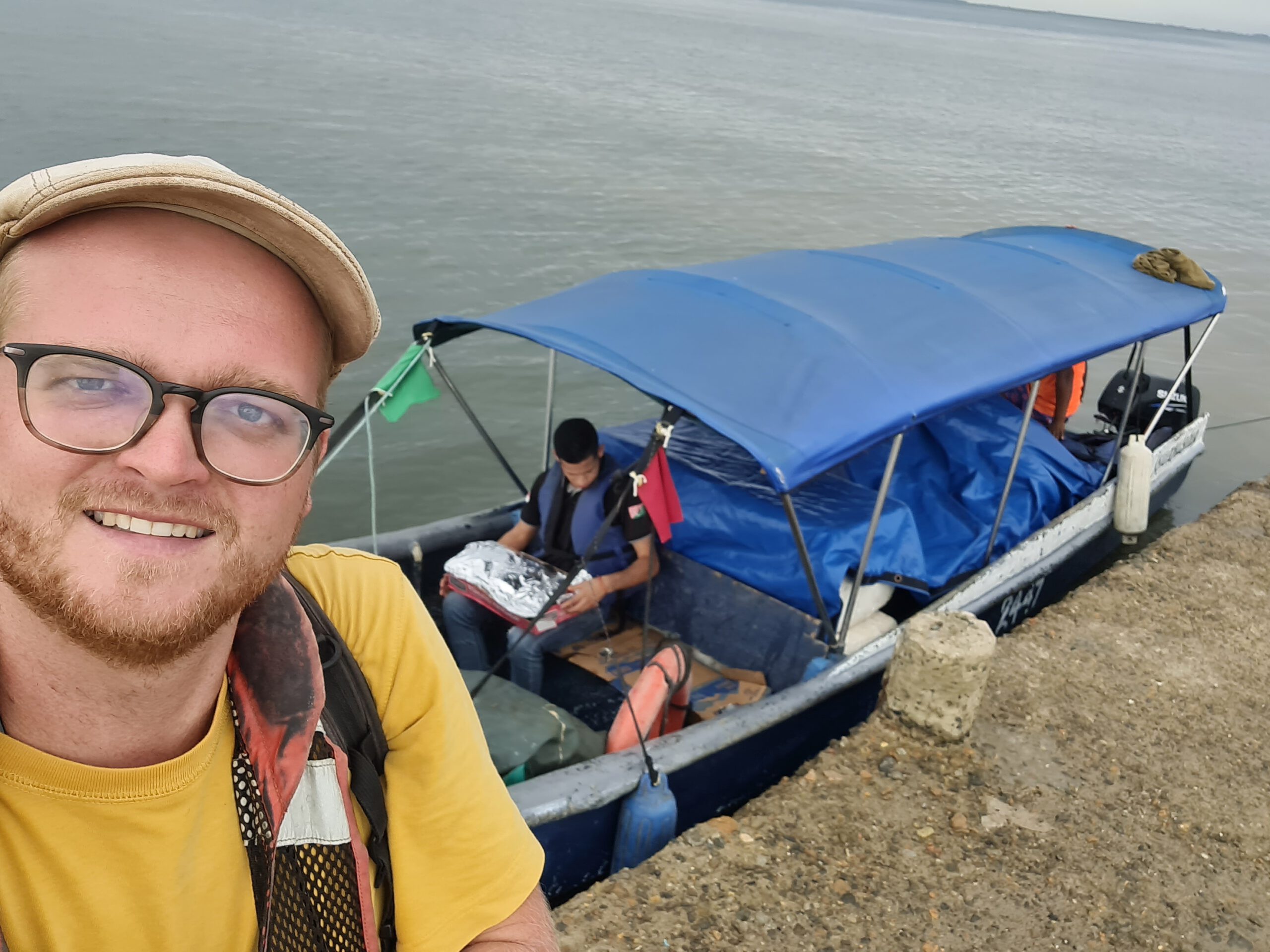
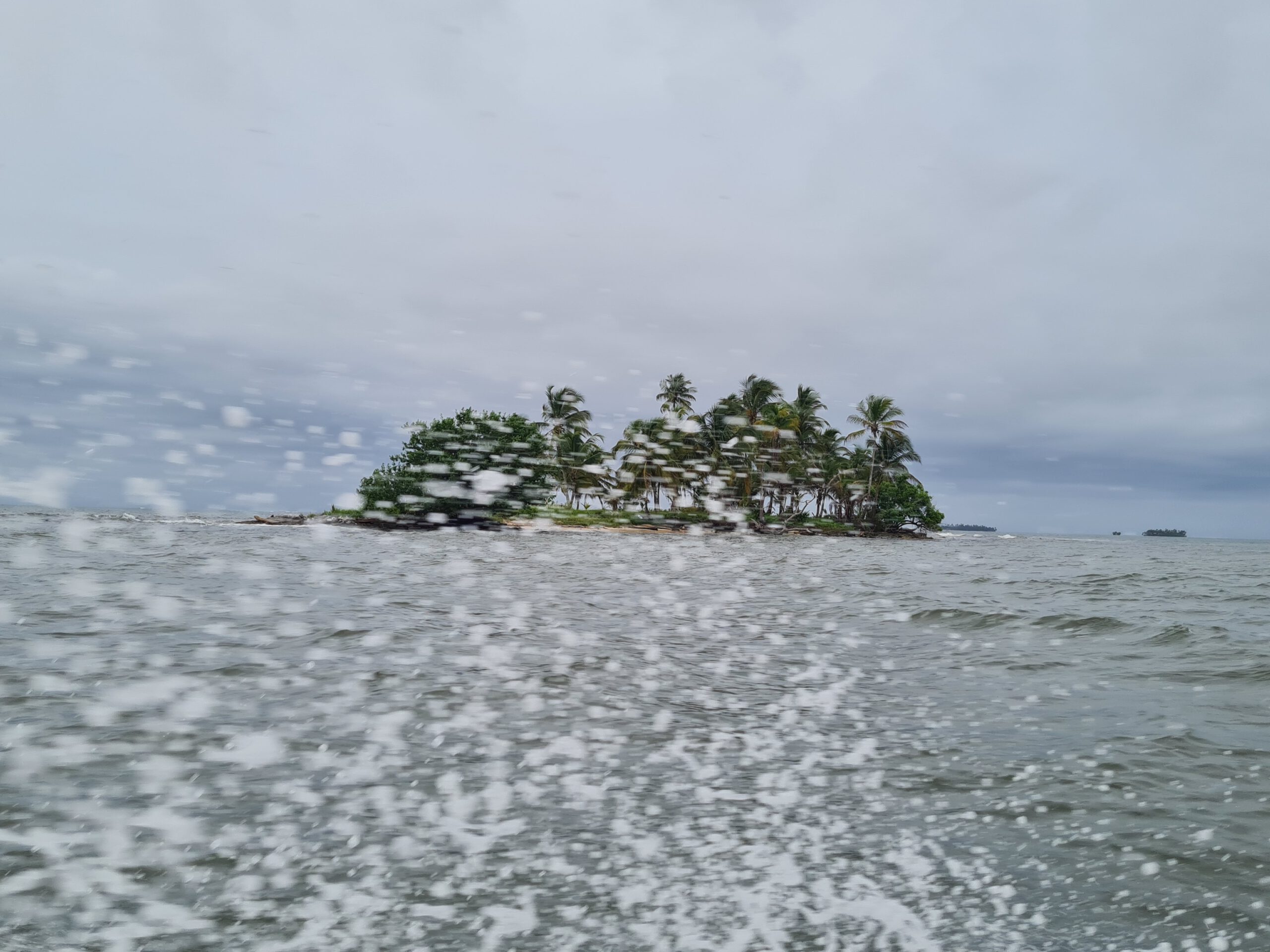
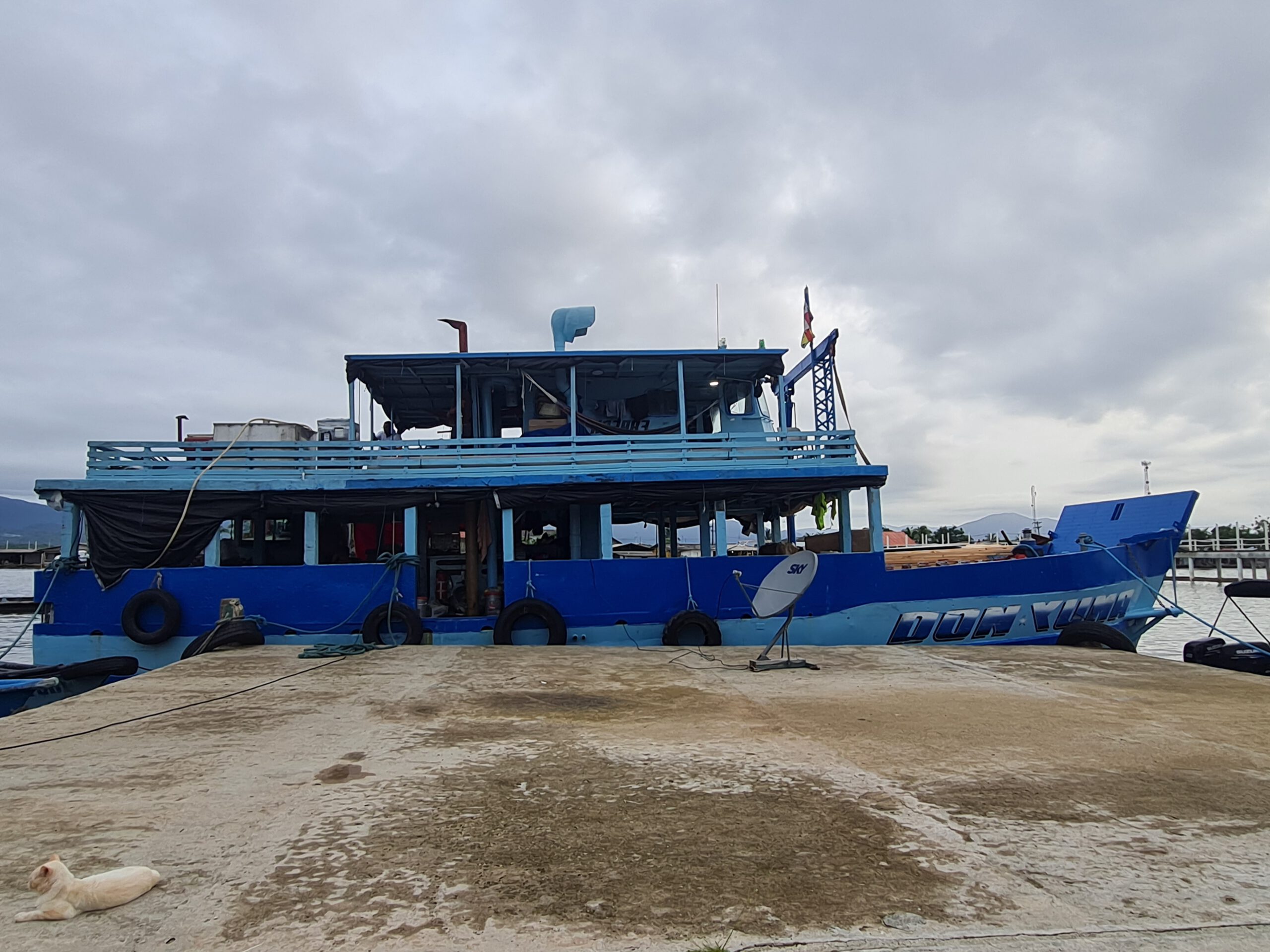
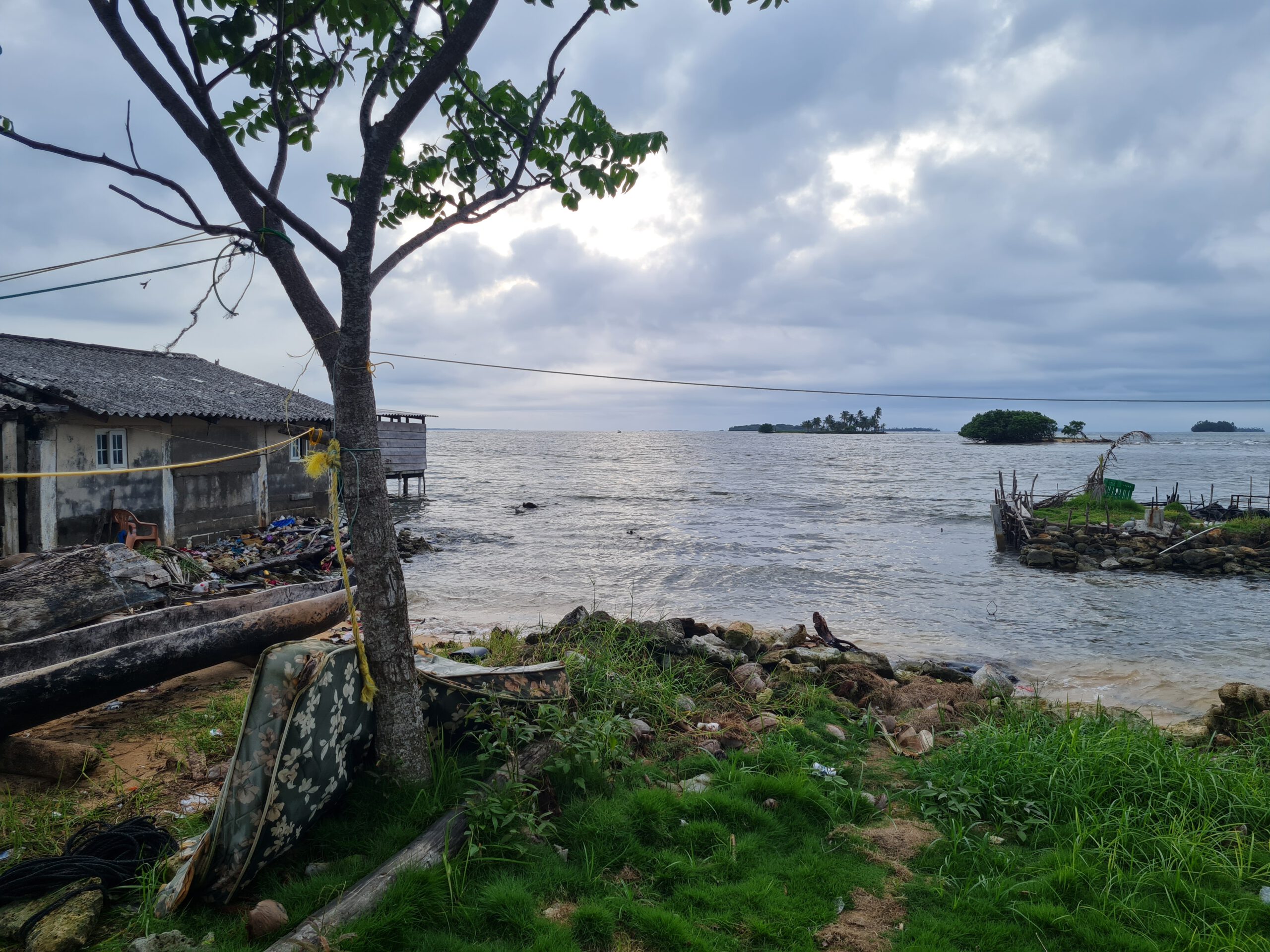
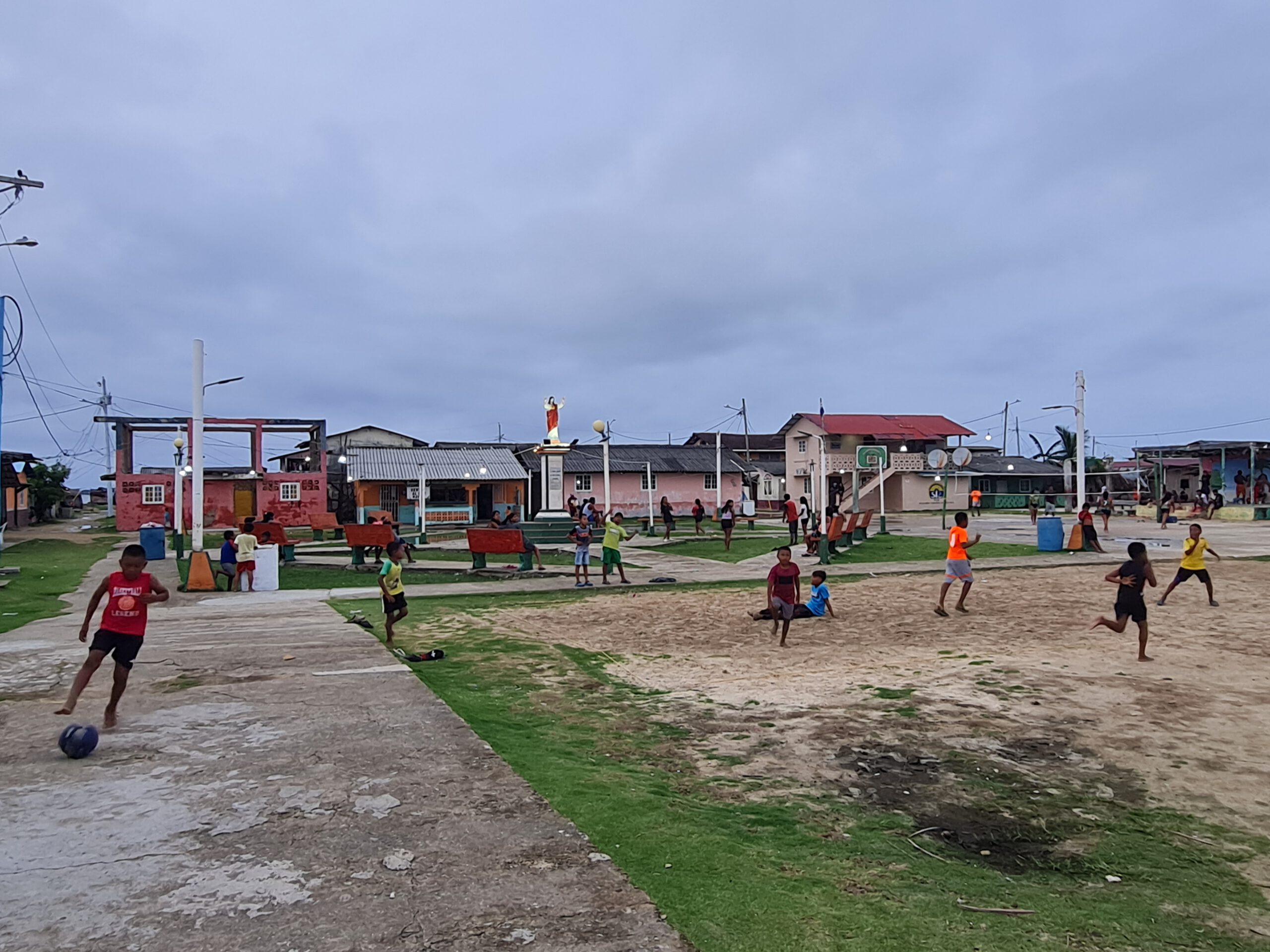
The goal of this trip is clearly to travel sustainably, which is why I hitchhiked across the Atlantic in boats, why I didn’t buy a van, but travel by hitchhiking or in a coach, and why it was clear to me that I didn’t want to fly from Panama to Colombia.
The Darién Gap doesn’t make that easy and on top of that there was a certain time pressure to meet my sister in Colombia. Looking for a boat to hitchhike with was therefore out of the question, because you always need time for that and the route from Panama to Colombia is not that busy with private sailboats (a lot of tourist sailboats that cost 500 euros or more).
Luckily, through our large Hitchhiker community, I knew several who had already made this trip with speedboats along the coast, because there is no ferry (anymore). Really crazy and fatal for the climate.
But there are some small coastal towns along the coast of Panama that can only be reached by boat because of the Darién Gap (some of them possibly by plane). This means that the people from there travel by boat and that the supply of food also mainly works by boat. And if there are boats that travel along the coast, then there is also the possibility to travel there.
To travel along the coast, you first have to go from Panama City to the port of Cartí, which you can reach by jeep. I took the bus as far as I could and then hitchhiked the rest of the way to Cartí.
I had previously received two contacts of boats that go directly from Cartí to the border. However, they don’t run very regularly and I would have had to wait over a week, which I didn’t have. So I set off on the unknown journey in the hope of finding boats along the coast.
On the first day it went very well, I not only made it from Panama City to Cartí, but also from there to Nargana. I was able to get on a boat full of petrol cans, a boat full of food could have taken me otherwise.
Nargana is a small town on two islands connected by a bridge. I spent a very nice evening there with the locals, who were super sweet. By asking around, I found out that a boat would have to come by the next day and that it would leave an hour before the border. The rest would have been a piece of cake, but unfortunately, contrary to what all the locals said, the boat did not stop in Naraganá and passed by. My only chance was gone and I was a bit depressed. I would have to stay in Narganá for another day and if I kept moving so slowly, I would miss my sister’s birthday in Colombia….
But then a man gave me a crucial tip: the border police have a base in Narganá and sometimes drive to the border. So I went there and sure enough, the next day a boat went to the border that could take me. Not only was I back in the running to get to Colombia on time, but I also saved myself 80 dollars that I would otherwise have paid for the boat.
In the afternoon I was invited to a birthday party and two public parties in Narganá and I will keep the village in very good memory. The teacher David invited me to his house, where I stayed overnight, and the next day I took two police boats to Puerto Obaldia at the border. The trip was really something. Not only were we shaken by waves, but we also got caught in a thunderstorm, were completely soaked for over 30 minutes and the driver didn’t know where he was going. But in the end I arrived safely, albeit soaking wet, in Puerto Obaldia, was able to pick up my stamp and take another boat across the border to Capurganá, the first town in Colombia. There I got my entry stamp for Colombia and the next day I took a ferry to Necocli and from there a bus to Barranquilla, where I arrived at the bar an hour before my sister’s birthday so that we could celebrate it together.
If you’re searching for an instruction in detail, how to get from Panama to Colombia or the other way around, check this out.

